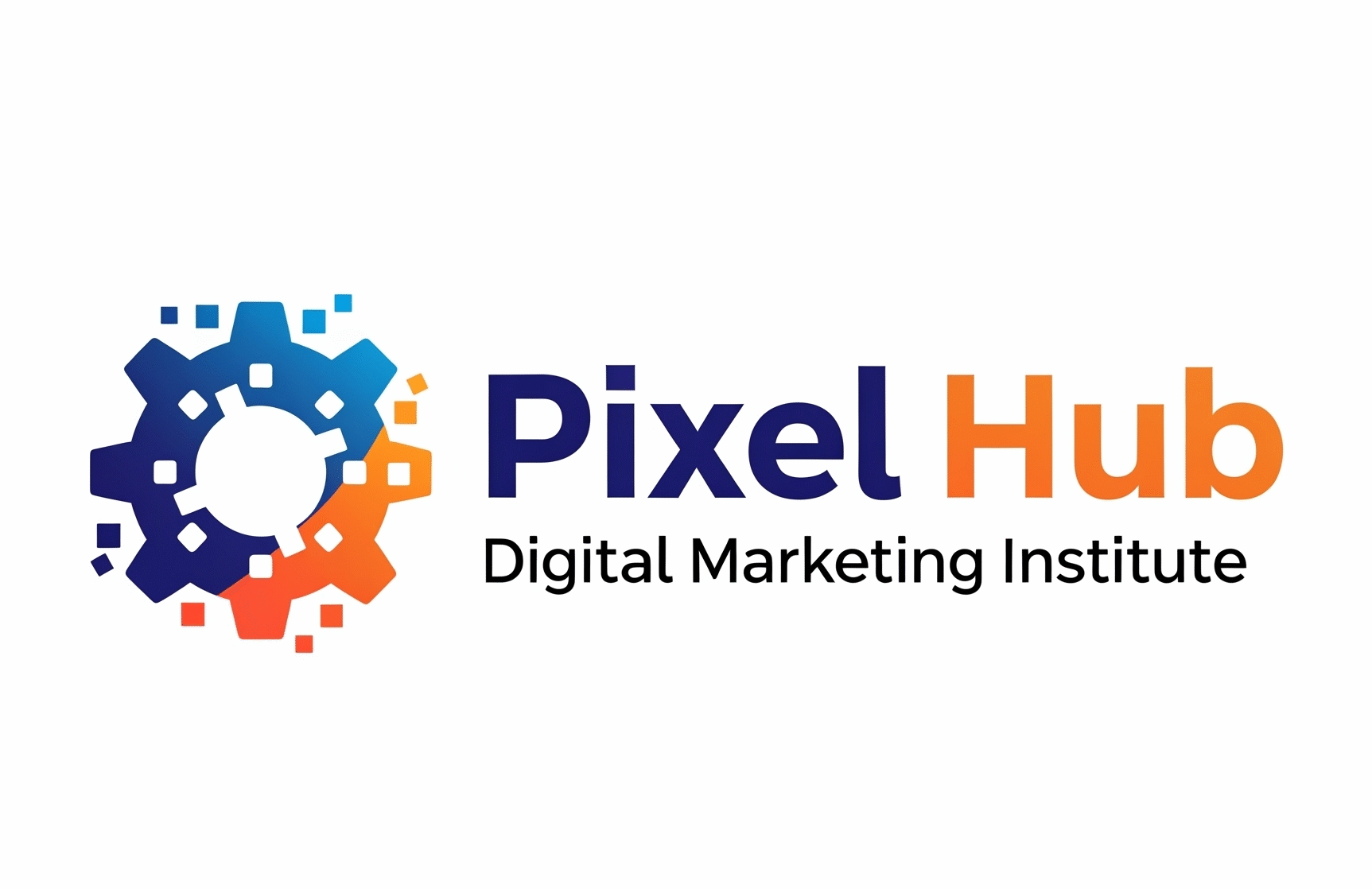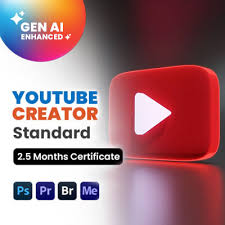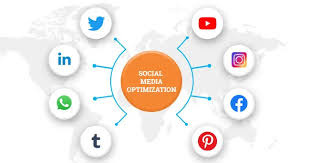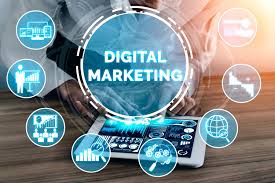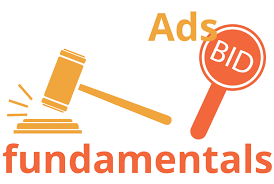
In the modern digital landscape, advertising is no longer just about billboards or TV commercials. Businesses of all sizes are investing in paid digital advertising to reach the right audience at the right time. Two of the most powerful platforms are Google Ads and social media advertising. While both can drive traffic and sales, they serve different purposes and appeal to different stages of the customer journey. Understanding The Power of Paid Ads: Google vs. Social Media Advertising and their strengths, weaknesses, and best use cases is critical to maximizing your marketing ROI.
What Are Google Ads?
Google Ads, formerly known as AdWords, is a pay-per-click (PPC) advertising platform that allows businesses to place ads on Google search results, YouTube, and display networks. Businesses bid on keywords related to their products or services, and their ads are shown to users actively searching for those terms.
Advantages of Google Ads
- High-Intent Traffic: Users searching for specific keywords are often ready to make a purchase or take action.
- Precise Targeting: Target by keyword, location, device, time, and audience demographics.
- Immediate Visibility: Once your campaign is live, ads can appear at the top of search results instantly.
- Measurable ROI: Every click, conversion, and cost is trackable through Google Analytics and Ads dashboards.
- Scalable Campaigns: Start with a small budget and scale campaigns based on performance.
💡 Best for: E-commerce stores, service-based businesses, or any company targeting people actively searching for solutions.
What Is Social Media Advertising?
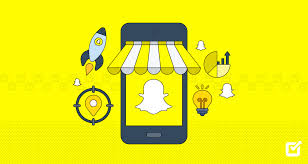
Social media advertising uses platforms like Facebook, Instagram, TikTok, LinkedIn, and X (Twitter) to reach audiences based on interests, behaviors, demographics, and engagement patterns. Unlike Google Ads, which relies on user intent, social media ads focus on building awareness, engagement, and long-term relationships.
Advantages of Social Media Ads
- Highly Targeted Audiences: Reach users based on interests, job titles, purchase behavior, or even life events.
- Visual Storytelling: Use images, videos, carousels, and stories to engage users.
- Community Engagement: Social media allows two-way communication through comments, shares, and reactions.
- Brand Awareness: Ideal for building trust and recognition over time.
- Flexible Budgets: Ads can run with small daily budgets and scale as needed.
💡 Best for: Brands looking to engage new audiences, nurture leads, and create emotional connections with their customers.
The Power of Paid Ads: Google vs. Social Media Advertising : A Comparison
| Feature | Google Ads | Social Media Ads |
|---|---|---|
| User Intent | High – users search for solutions | Low to Medium – users scroll for entertainment or networking |
| Ad Format | Text ads, shopping ads, display banners, YouTube video ads | Images, videos, carousels, stories, reels |
| Primary Goal | Immediate conversions and lead generation | Awareness, engagement, and community building |
| Targeting Method | Keywords and search intent | Audience demographics, interests, and behaviors |
| Cost | Can be high in competitive industries | Often more affordable, but depends on audience size and competition |
| Speed of Results | Fast for high-intent searches | Quick for awareness, slower for actual conversions |
When to Choose Google Ads
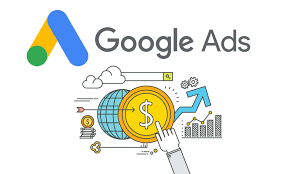
- You need immediate leads or sales.
- Your audience is actively searching for a product or service like yours.
- You want measurable results for every dollar spent.
- You have a well-defined keyword strategy and landing pages optimized for conversion.
When to Choose Social Media Ads
- You want to build brand awareness or introduce a new product.
- Your audience spends significant time on social media platforms.
- You aim to engage users and create a community around your brand.
- You want retargeting opportunities to reach users who interacted with your content.
Combining The Power of Paid Ads: Google vs. Social Media Advertising for Maximum Impact
The most successful marketing strategies often use both platforms together:
- Top-of-Funnel Awareness: Use social media ads to introduce your brand, tell your story, and build trust.
- Middle-of-Funnel Engagement: Retarget users who have interacted with your social media content or visited your website.
- Bottom-of-Funnel Conversions: Use Google Ads to capture high-intent traffic, driving purchases or sign-ups.
💡 Pro Tip: Track your results across platforms and optimize campaigns continuously. Tools like Google Analytics 4, Facebook Ads Manager, and LinkedIn Campaign Manager make cross-platform measurement easier.
Common Mistakes to Avoid
- Ignoring audience targeting on social media or keyword research on Google Ads.
- Overlooking ad creatives—images, videos, and copy must resonate with the target audience.
- Failing to track conversions and ROI.
- Running campaigns without A/B testing to identify what works best.
- Focusing solely on clicks instead of real conversions.
Final Thoughts
Both Google Ads and social media advertising are powerful tools for business growth. Google Ads captures users who are ready to buy, while social media ads create awareness, engagement, and long-term brand loyalty. The key is not choosing one over the other, but creating a holistic strategy that combines both for maximum impact. By understanding your audience, setting clear goals, and continuously optimizing campaigns, your paid ads can become one of your most effective marketing channels in 2025 and beyond
